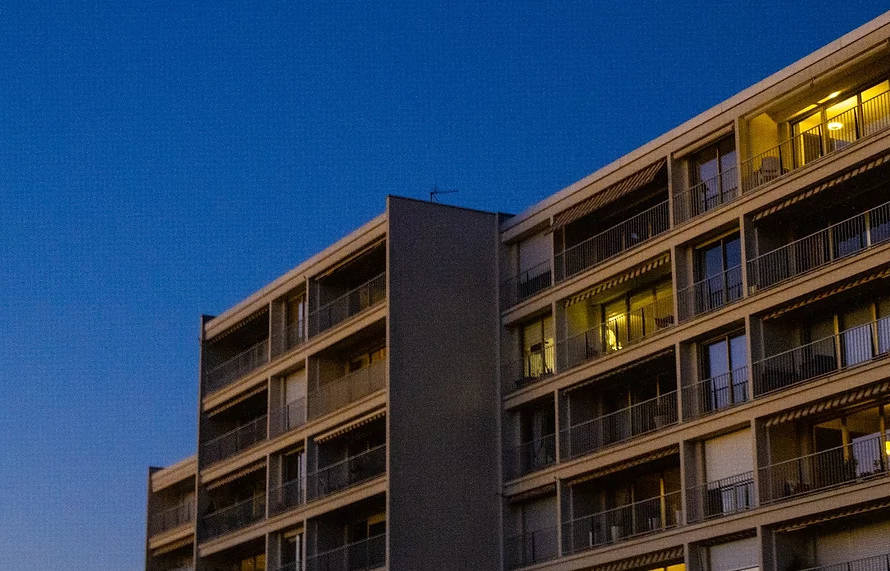Certificates of Classification were renamed Certificates of Occupancy on October 1, 2020. A Form 11 Certificate of Occupancy contains information about a building’s classification and permissible uses, as well as fire safety and any other building requirements.
If you’re developing, selling, or converting a commercial building to a residential property, you’ve probably heard of the term “certificate of occupancy.” The Certificate of Occupancy (CofO), formerly known as the Certificate of Classification (CofC), assures that the building is safe for its residents and meets the requirements of the Building Act 1975. (BA).
Information Included in the Certificate of Occupancy
A Certificate of Occupancy is a crucial document that contains details about:
- Building classification: Residential, commercial, or industrial buildings
- What will the building be utilized for: living, working, or a mix of both?
- Requirements for ongoing maintenance
- Fire protection system
- Special circumstances
The Certificate of Classification has been renamed the Certificate of Occupancy as of October 1, 2020. It can also be utilized to fulfill the criteria of section 104 of the BA as an Interim Certificate of Occupancy. Any certificate of classification that was issued prior to October 1, 2020 and is still valid is considered a certificate of occupancy as of October 1, 2020.
Who Needs a Certificate of Occupancy?
A certificate of occupancy must be displayed before a building can be used or occupied, according to the Building Act of 1975.
This is true for buildings:
- Belonging to class 1b to 9
- Completed after 1 July 1997
After inspecting a building and determining that it meets the relevant standards of the BA, the building certifier must issue a CofO to the building owner. The CofO must be in the appropriate format (Building Form 11) and adhere to the BA’s section 103 standards.
Any building constructed after April 1, 1976, must receive a Certificate of Occupancy (formerly known as a Certificate of Classification) alongside its building approval, according to the Building Act.
The certificate is displayed to ensure that building occupants, Queensland Fire and Emergency Service (QFES) officials, and local government officers have access to the information they require.
A certificate of occupancy is required whether you are building a new house, buying a new house, changing ownership, or transforming the property (for example, from residential to commercial usage).
This does not apply to buildings categorized as class 1a (single dwelling – detached houses, row houses, and villa units) and class 10 (multi-family dwellings) ( non-habitable buildings like carport, shed, garage)
Where Should the Certificate of Occupancy Be Displayed?
The certificate should be displayed as close to the building’s main entrance as possible. It should be shown at the emergency services entry as well as the building’s fire indicator panel in structures with multiple entrances.
A CofO should be posted in a visible position for authorized police and building occupants.
If they are outside the building, they should be made of waterproof materials. If the information is presented electronically, it must be connected to a backup power supply and the CofO must be plainly visible.
Why Do You Need a Certificate of Occupancy?
A certificate of occupancy certifies that the structure is safe for its residents. It meets building requirements and is appropriate for living or working.
Furthermore, you are required by law to have a Certificate of Occupancy. Noncompliance with the criteria may result in a financial penalty. Finally, if you intend to sell or rent out your property, a CofO serves as documentation that it has been examined in accordance with the BA. This can be a significant component in attracting potential tenants or buyers.
Need to speak to an expert with regards to your fire safety needs? Call SAFE on 1300 50 7233.


